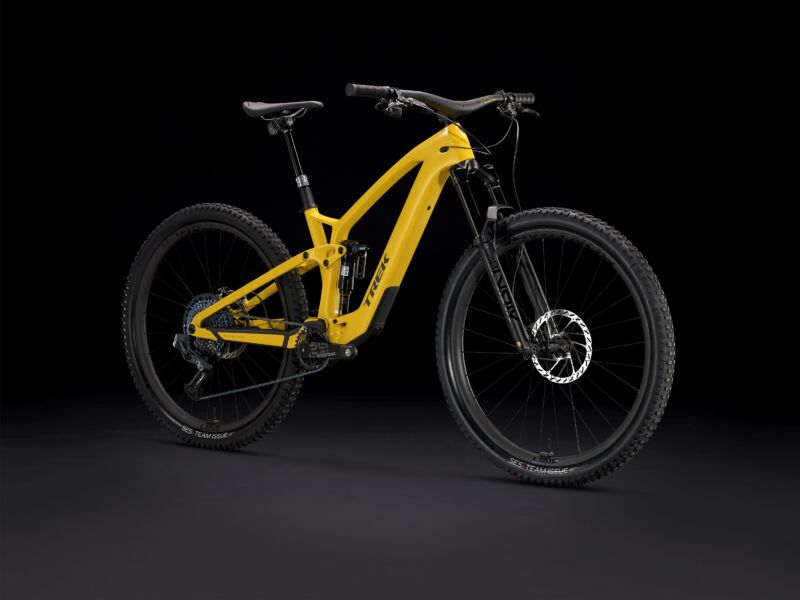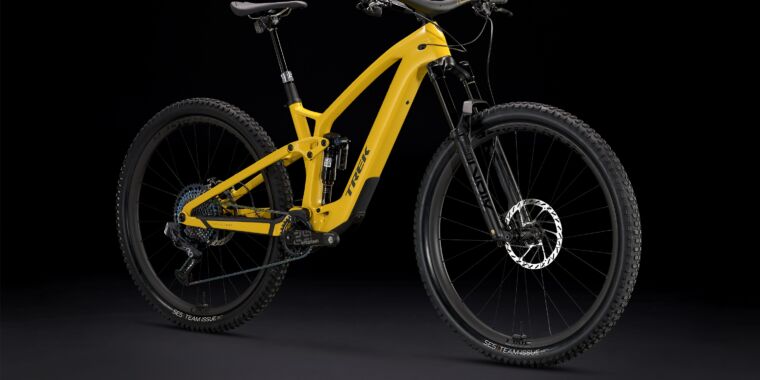
Trek bicycles
I rediscovered my bike after a few weeks in lockdown. At first I just pedaled my cheap steel-framed bike around the neighborhood. After a few rides it dawned on me that this one mountain bicycle! So I took it to my nearest path.
That first exhilarating ride is forever etched in my memory. The early morning sun breaking through the trees as deer darted away, the sound of tires on tamped dirt, and the stupid grin on my face as I rode fast, flirting on the verge of disaster—or, at least, pain—with my inexperience on trails. I was so addicted that I rode the bike into the ground every time something broke, took a perverse pleasure and upgraded it. I eventually upgraded to a Trek Fuel EX 7, and love it.
The Fuel EX is Trek’s full-suspension trail mountain bike family intended for a variety of terrain, from flowy to techy. Like every model in Trek’s lineup, it comes in a variety of trim levels, including aluminum and carbon frames. (My EX 7 has an aluminum frame.)
Currently, the EXe version is only available for the top-spec 9.x bikes with carbon frames, but it is hoped that there will be an aluminum frame option in the near future.
-
Trek’s rich history of gearboxes on display at its headquarters in Waterloo, Wis.
Sheldon Waite
-
Trek owns miles of fun, flowing trails that they use for testing bikes and as an employee perk.
Sheldon Waite
To get my hands on the Fuel EXe 9.9 XX1 AXS, I had to drive two hours to Trek’s headquarters in Waterloo, Wisconsin. Not only did I have the chance to speak with members of the team that developed the Trek Fuel EXe, I also got to ride Trek’s private trails.
With the Fuel Exe, Trek is targeting the single-track mountain biker who rides for fun, fitness and the outdoor experience. To achieve the look, feel and even sound of a traditional mountain bike, Trek teamed up with German technology company TQ. TQ’s patented harmonic pin-ring drive can deliver 50Nm of torque in a small package that fits neatly behind the chainring.
The motor provides this torque at low rpm, as it achieves a large gear reduction in one step. Its movement is akin to a Wankel rotary engine. With the battery pack hidden in the downtube and minimalistic controls, the whole battery-motor combo adds just 8.6 lbs to the weight—an impressively low weight in exchange for some real power. My EX 7 weighs just under 32 lb; the EXe comes in at 38.5 lb. Pedal assist tops out at 20 mph.
The electronic functions are well integrated into the EXe. The display is simple and easy to read at a glance while on the go. The controls on the handlebars are simple and intuitive, allowing quick switching between the three assistance modes Eco, Mid and High.
Customization is via Trek’s new phone app, which offers customization of the three e-bike modes by adjusting maximum power, assist level and pedal response. The app defaults for these modes each shift up through Eco, Mid, High. A few weeks into my time with the EXe, I adjusted the Mid settings to give me all the power with a mid-high assist, but in a gradual and controlled way. With these settings, I found that my riding experience mimicked my analog bike very well – just easier.

